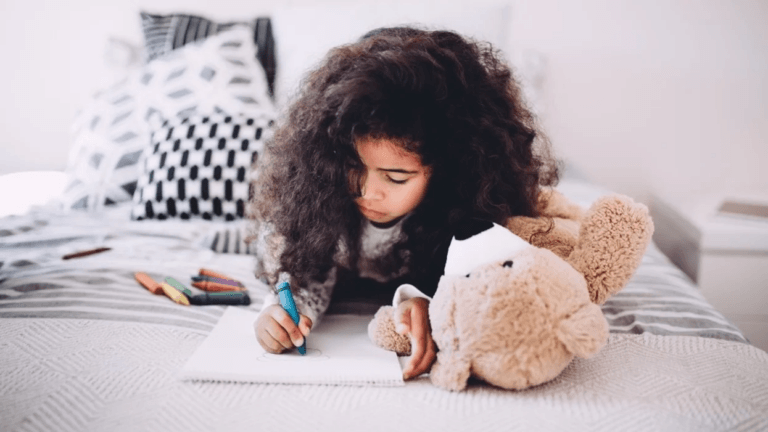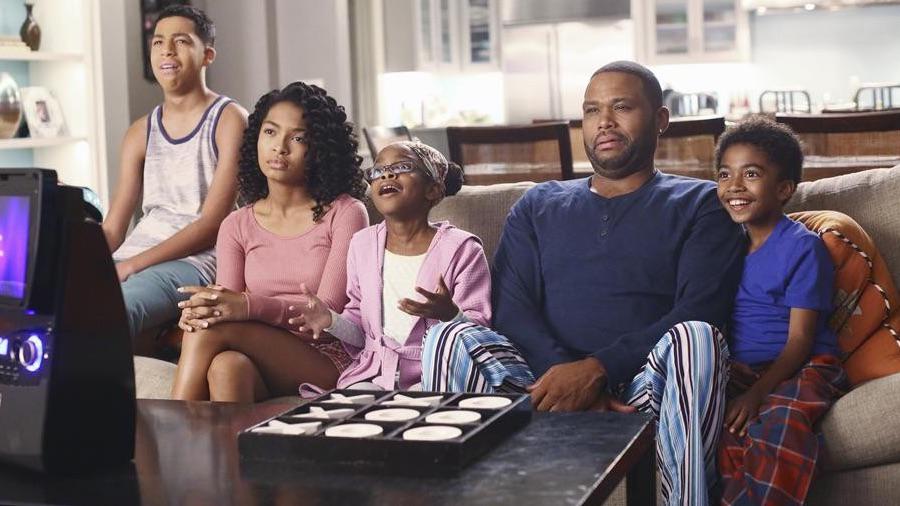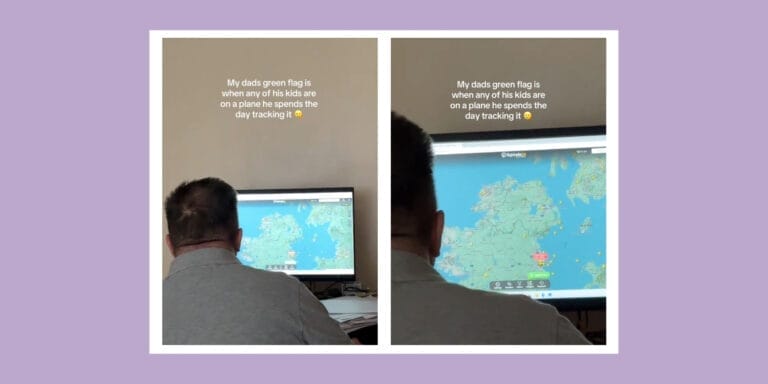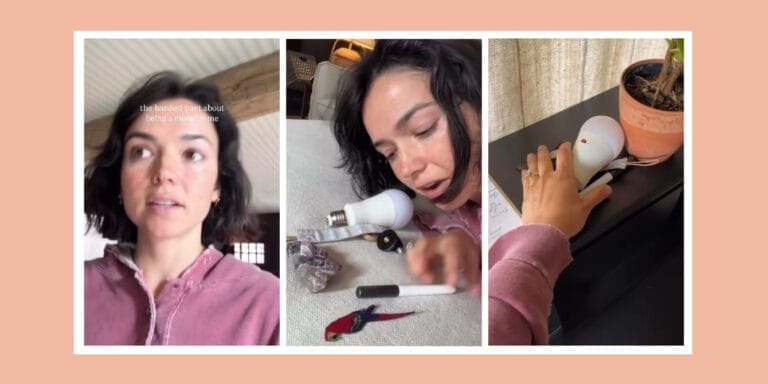Arlo The Alligator Boy’s Bertie is the plus-size character I needed as a kid

As a parent and as a fat woman, I was instantly drawn to Bertie.
Approximately 25 minutes into Netflix’s new film Arlo the Alligator Boy, we meet Bertie (voiced by singer Mary Lambert). The first time we see her body in full, it is from a low-angle camera shot. She appears tall, broad and powerful. Her bigness is on full display as she valiantly saves the protagonist, Arlo, from a couple of poachers who hope to make the half boy, half alligator creature a side-show attraction for profit.
As a parent and as a fat woman, I am instantly drawn to Bertie. It’s rare to see plus-size characters in children’s films, and it’s rarer still to see plus-size characters depicted not as villains or comic relief, but heroes. “You look like an angel,” Arlo tells his new friend moments after the rescue—and she does.
It quickly becomes obvious that Bertie is precisely the kind of character I longed to see in the kid’s films of my own childhood; and one I am so thrilled my own daughters will get to experience in theirs.
Unlike The Little Mermaid’s Ursula, Mulan’s matchmaker, Uncle Buck, Mrs. Doubtfire, or Pumba—fat characters who come to mind when I think of the cinema of my youth—there is a complexity to Bertie that is obvious from the get-go. She isn’t just one thing (be it “good” or “bad” or “bold” or “insecure”). Instead, she can be fearless, as is evidenced during her first moments on-screen (“I’m the reason you aren’t being turned into a handbag right now,” she tells Arlo after saving him). She can be incredibly sensitive, introspective and self-doubting, too.
We arguably see that Bertie isn’t fully comfortable in her body through subtle movements; things like awkwardly tilting one foot towards the other or shyly cradling her head into her shoulder. Her main solo tune “Follow Me Home” is a story of being ostracised for her differences. “I have felt burning stares and judging eyes,” she sings. “Certain they only see just my outside. I’ll never be for them. That’s clear to me now. My home is where I am by myself.”
Despite struggling with the things that make her stand out, however—principally, her size—Bertie is still able to live a rather exciting life. For example, she decides to go on a road trip with Arlo and a cast of fellow eccentrics and loveable vagabonds. These characters include Furlecia, a non-binary hairball in stilettos voiced by Queer Eye’s Jonathan Van Ness, tiger humanoid Alia, and Teeny Tiny Tony, who is, unsurprisingly, teeny tiny. What they all have in common with one another, however, is their uniqueness. None of them fit into the tidy little boxes of sociocultural acceptability; a fact that some of them have perhaps come to terms with more than others.
There is so much about Bertie that will be relatable to fellow plus-size people. When she tells Arlo that she was “just like everyone else” as a little kid, but then “never stopped growing,” I remembered the lack of control I felt over my own body as it grew larger than my peers’. When she sings about her love of the ocean, I thought about all the fat people I know who feel most at peace in bodies of water: places of weightlessness and freedom (I include myself in this). When she speaks about being unable to stay in one place for too long, or of “home” being where she can be by herself, I relive the isolation I felt I had to put myself through as a kid and teen. I remember how every judgmental stare or fat joke thrown my way further convinced me that friends, romantic love, or joy simply weren’t for me.
Bertie’s narrative isn’t purely one of tragedy, though. In its variety, it will undoubtedly be inspirational not only to the fellow big kids or grown-ups watching, but to everyone. My 4-year-old, who is petite much like her dad, talked about Bertie for the rest of the afternoon after we first watched the film. “She’s so cool, Mama,” she told me. “She’s big and strong and kind and beautiful.” She even compared her to me (high praise). It’s a wonderful feeling to know that Bertie can serve as a concrete manifestation of a simple truth I want my daughters to learn: that we can be “cool” or “strong” or “kind” or “beautiful” at any size (and, actually, entirely regardless of what we look like).
Plus-size narratives, in both children’s and adult content alike, are in desperate need of more complexity. We’re slowly starting to see this, particularly in the YA and adult sectors: My Mad Fat Diary’s Rae Earl, This Is Us’ Kate Pearson, or Shrill’s Annie Easton are some examples. These stories feel like exceptions, though. More often than not, big bodies are used only as props: things to laugh at or to fear.
The lesson Bertie learns (which is perhaps the moral of the whole story, and one she articulates to Arlo towards the end) is that “different is the best thing someone can be.” It is that lesson that I’ll remember when I think of her; and one I am so glad she’ll help other viewers consider as they watch her living a life of joy, struggle, friendship, kindness, wonderment, self-doubt, and beautiful, human messiness.


































